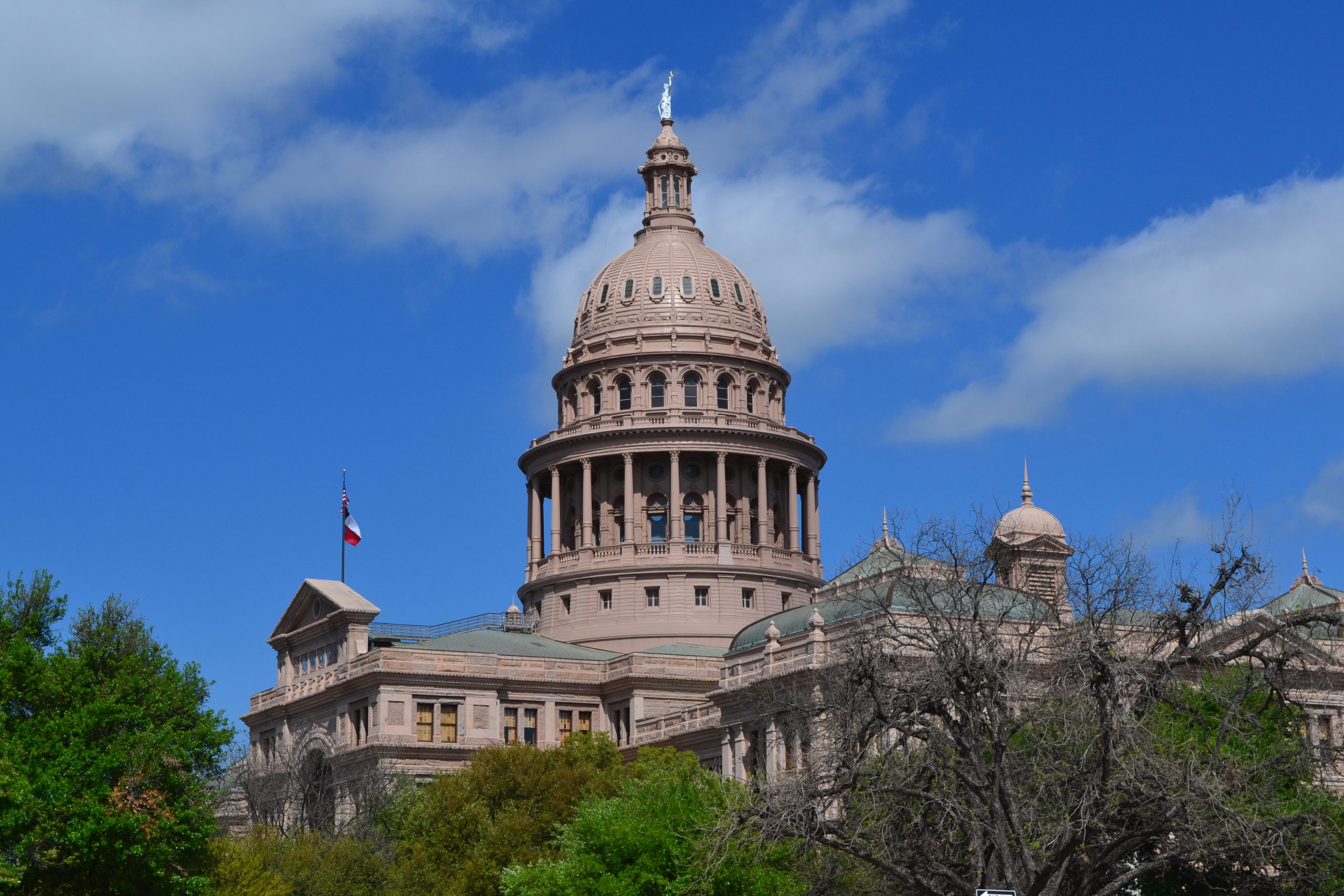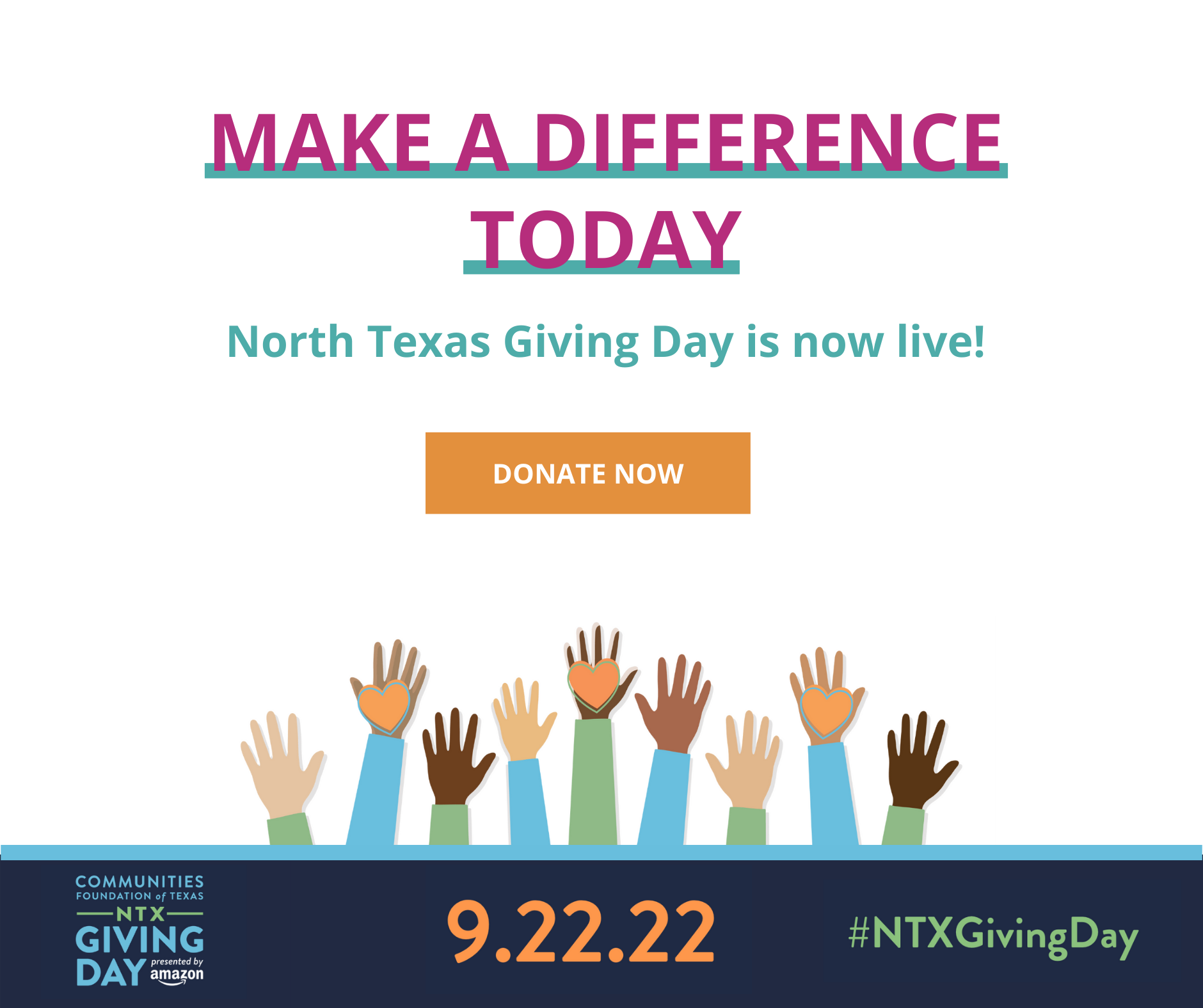The best way to get policymakers to make the changes we need to protect children and families is to provide them with evidence that proves investing in prevention works. Not only will our state finances see the benefits but so will Texas children at risk of abuse and neglect. Jennifer Lucy, our Managing Director of Policy, submitted the public testimony below to the House Appropriations and Senate Finance Committees proving that investing upstream works; it saves dollars and makes sense!
By Jennifer Lucy, Managing Director of Policy for TexProtects, on Article II budget for FY 2022-2023.
TexProtects is the only statewide organization singularly focused on the prevention of child abuse and neglect, and we serve as the Texas Chapter for Prevent Child Abuse America and as a steering committee member for the Texas Child Protection Roundtable and Prenatal to Three Collaborative. We applaud the maintenance of prevention funding in the base budget and appreciate the work of this committee in ensuring that the health and well-being of the next generation remain primary in our approach to COVID-19 response and recovery.
Texas has an opportunity to use what we learned during COVID-19 to transform systems in ways that support families, rather than removing children, and roll out proven prevention strategies BEFORE a crisis. Like any smart investor, it’s critical that we pay for the outcomes we do want rather than those we don’t. This requires a shift upstream and will result in downstream cost savings across multiple systems for decades to come as today’s children grow up to be the strong Texas of tomorrow.
The cost of the status quo and inaction is clear. Adverse Childhood Experiences (ACEs) like child abuse and neglect are associated with negative outcomes for individuals across the lifespan including poorer health, lower educational attainment, and higher likelihood of experiencing unemployment. Individuals and governments incur significant costs as a result. Bellis et al. (2019) estimate that annual costs attributable to ACEs across North America are approximately $748 billion with 82% of the costs resulting from individuals who had two or more ACEs.[i] With one in 10 American children living in Texas, we can expect to incur a significant percent of those costs if we are not better able to prevent ACEs.
Healthcare costs are the most well-documented, but there are also criminal justice, child welfare, and education costs, among others. Each case of child abuse or neglect results in $830,000 in costs across the victim’s lifetime.[ii] This translates to over $55 billion in costs as a result of confirmed abuse and neglect in Texas in 2019 alone. We can continue to pay for the effects of childhood adversity, or we can work to prevent it.
TexProtects worked with Child Trends to look specifically at the potential impact of COVID-19 on child abuse and neglect risks and found reason to believe that increases in unemployment, mental health struggles, family violence, substance use issues, and parental stress may result in increased abuse and neglect. Research during the last recession found that for each point the unemployment rate rises, physical and emotional abuse increase by 12-15%.[iii]
However, with the large majority of Child Protective Services (CPS) cases addressing neglect rather than abuse and much abuse/neglect going unreported, we know families need support more often than they need protection. The most cost-efficient and effective approaches offer supports BEFORE A CRISIS occurs and during the first years of life when a stable, safe, nurturing caregiver is THE KEY to healthy child development.
The 87th legislature can increase access to proven support strategies that protect children by implementing the following recommendations in the 2022/2023 budget for Texas.
- Fully fund the Prevention and Early Intervention Exceptional Item Request for $10 million to strengthen community based, primary child abuse prevention programs for children prenatal to age 5 through Healthy Outcomes Through Prevention and Early Support (Project HOPES) and other prevention strategies.
Proven prevention programs administered through the Prevention and Early Intervention (PEI) division at the Department of Family Protective Services (DFPS) have been critical lifelines for families during COVID-19 and depend on an infrastructure of community providers who work together to support families. Over the past decade, state and federal investments have helped build community-driven prevention infrastructure that accelerates the work of local nonprofits to deliver parenting support, information on local resources, and health screenings to children and their families. These voluntary programs have a proven return on investment of between $1.26 and $8.08 and have impacts across multiple domains and two generations. [iv]
Only 4% of the families in highest need currently have access, therefore, expansion is critical if Texas desires the statewide impact and cost savings that could result from widespread access to these programs. The current PEI strategic plan indicates that to adequately protect families, a 20% increase in prevention funds is needed every biennium. Currently, DFPS only spends 5% on early prevention efforts compared to CPS costs.
- Prevent early childhood trauma and entries into foster care by leveraging the opportunities in the federal Family First Prevention Services Act to offer families at imminent risk of removal access to evidence-based mental health, substance use, and parenting supports.
Texas must be proactive and innovative in determining how to maximize the opportunity of the Family First Prevention Services Act (FFPSA) to access federal matching funds for prevention funding that can be used to directly address the key drivers of child abuse/neglect: substance use, mental health, and parenting skills. With the large majority of CPS cases addressing neglect rather than abuse, we know families need support more often than they need protection. As noted by the DFPS 2018 Prevention Task Force Report, “Preventing 3% of removals (593) would save upwards of $20.3 million.”
Use of these funds should be prioritized for evidence-based programs that will prevent entry into the foster care system as this is the primary way to ensure better outcomes for children, family preservation, and long-term cost savings for the state.
The current plan provided by the agency proposes that $33.9 million of the $50.4 federal transition funds go toward prevention. All prevention strategies recommended here rely on community contracts rather than staff who work for DFPS.
Option 2D (A pilot for prevention services carried out by DFPS’ PEI division): PEI offers services to families to prevent child abuse and neglect. Their efforts focus mainly on primary prevention, which aims to reach families before the first occurrence of child maltreatment. However, some of their programs also focus on secondary prevention, which targets families who are at high risk of child maltreatment, such as families participating in Family-Based Safety Services (FBSS). Grants would be awarded to up to six regions. One community contractor would receive the grant in each region and then decide which programs to fund and deliver either through their own services or those of local subcontractors.
Option 2E (Expand HIP [Helping through Intervention and Prevention] for all pregnant and parenting foster youth):HIP is an effective program through PEI that serves current and former foster youth who are pregnant or parenting a child under the age of 3 by providing in-home parent education services. Additional funds would allow expansion of these voluntary support services.
These options focus on strategies that are evidence-based and have shown that they can keep children safe and reduce child maltreatment. They also already have an established and successful infrastructure. Some of the programs also have experience serving families participating in FBSS, who fit the eligibility definition and have already been approved by the Clearinghouse, including Healthy Families America, Nurse-Family Partnership, and Parents as Teachers.
The other options presented by DFPS would require a great length of time before they could be implemented (i.e. carrying out prevention services through Community-Based Care) or would be relying on FBSS caseworkers to deliver programming that is outside their area of expertise and/or credentialing requirements. Both would require significant deviation for systems and staff and potential conflicts of interest or complexities that do not make it feasible.
- Fully restore MedCARES (Medical Child Abuse Resources & Education System) funding of $5.96 million which was completely cut from the Department of State Health Services budget.
In 2009, the Texas Legislature passed Senate Bill 2080 to establish the MedCARES grant program as part of a strategic response to growing numbers of child abuse and neglect-related fatalities. The bill was championed by Senator Jane Nelson with the help of now Lieutenant Governor Dan Patrick; Representatives Garnet Coleman, Tan Parker, Toni Rose, Rafael Anchia, and Abel Herrero; and now Senator Jose Menéndez.
MedCARES provides grant funding to hospitals, academic health centers, and facilities with expertise in pediatric health to prevent, assess, diagnose, and treat child abuse and neglect. MedCARES grant recipients give communities easy access to medical providers who support education for the general public, case reviews for other physicians, trainings, and expert courtroom testimony by child abuse specialists. MedCARES providers include general pediatricians, child abuse pediatricians (CAPs), nurse practitioners, social workers, and sexual assault nurse examiners.
COVID-19 has exacerbated child abuse risks due to increased family stress, increased substance use, and heightened economic insecurity. Cutting MedCARES compromises critical infrastructure we have in place to protect children in Texas. Last year alone, almost 22,000 professionals attended child abuse prevention trainings through MedCARES and more than 2 million individuals participated in prevention program activities.
Thank you for your attention to these critical investments that not only support families and protect children today–but ensure a brighter Texas tomorrow.
We look forward to working with you. Please contact us anytime if we can provide support or resources as you address these and other child protection issues.
Jennifer Lucy
Managing Director of Policy
jennifer@texprotect.org
512-971-9347
Members of our Advisory Board include:
The Hon. Darlene Byrne, J.D. | Rebel Calhoun | Leslie Carpenter | John Castle, Jr., J.D. | Leslie DeCillis Debra Decker | The Hon. Maurine Dickey | Catherine Estrada | Robert Estrada | Kathleen Fletcher, Ph.D. Laura Gardiner | Tammy Cotton Hartnett | The Hon. Lee Jackson | Scott Murray | Len Musgrove
Janet Pozmantier, MS, LPC | Dick Rogoff | The Hon. Peter Sakai, J.D. | The Hon. Florence Shapiro
Lisa K. Simmons | The Hon. Mark Strama | The Hon. Royce West, J.D.
About TexProtects
TexProtects’ mission is to protect Texas children from the trauma of abuse and neglect and empowers families to thrive through education, research, and advocacy. Our vision is that all children are safe, nurtured, and resilient. To achieve our mission, TexProtects engages in research, advocacy and education. We advocate for better policies, reforms and appropriate increases in federal, state and local funding for three priority areas: 1) Prevention: Increasing investment in proven child abuse prevention programs, 2) Protection: Strengthening and reforming the CPS system, and 3) Healing: Ensuring victims receive adequate and accessible treatment.
[i] Bellis et al (2019)
[ii] Peterson et al (2018)
[iii] Schneider, W., Waldfogel, J., & Brooks-Gunn, J. (2017).
[iv] : Prinz, R. J., Sanders, M. R., Shapiro, C. J., Whitaker, D. J., & Lutzker, J. R. (2009); Chaffin, M., Hecht, D., Bard, D., Silovsky, J. F., & Beasley, W. H. (2012). DuMont, K., Mitchell-Herzfeld, S., Greene, R., Lee, E., Lowenfels, A., Rodriguez, M., & Dorabawila, V. (2008); Olds, D. L., Kitzman, H. J., Cole, R. E., Hanks, C. A., Arcoleo, K. J., Anson, E. A., . . . Stevenson, A. J. (2010); Olds, D. L., Kitzman, H., Hanks, C., Cole, R., Anson, E., Sidora-Arcoleo, K., et al. (2007); Olds, D. L., Robinson, J., Pettitt, L. M., Luckey, D. W., Holmberg, J., Ng, R. K., . . . Henerson, C. R. (2004)










